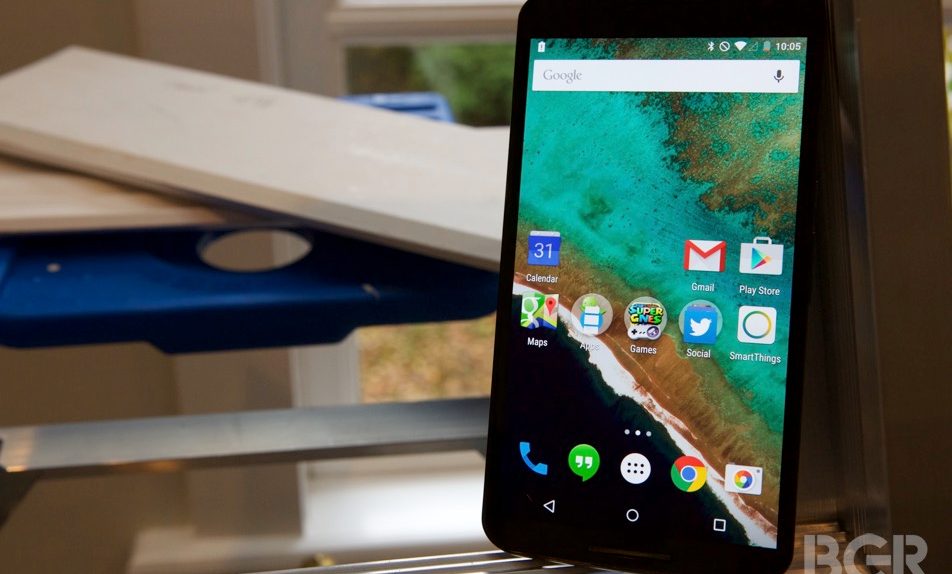Google’s recently released and hard-to-find Nexus 6 is likely the company’s best Nexus smartphone to date, but it can of course still be improved. In fact, when looking at storage performance, AnandTech discovered that because the Nexus 6 comes with full data encryption, its read and write memory performance has taken a significant hit.
FROM EARLIER: Why the government keeps telling you iPhone encryption will eventually kill a child
“[One factor affecting the results of the benchmarks on the Nexus 6 specifically is Android Lollipop’s Full Disk Encryption (FDE). Android has actually had this ability since Android 3.0 Honeycomb, but Lollipop is the first time it’s being enabled by default on new devices,” the publication wrote. “When FDE is enabled, all writes to disk have the information encrypted before it’s committed, and all reads have the information decrypted before they’re returned to the process. The key to decrypt is protected by the lock screen password, which means that the data should be safe from anyone who takes possession of your device. However, unlike SSDs, which often have native encryption, eMMC has no such standard. In addition, most SoCs don’t have the type of fixed-function blocks necessary to enable FDE with little to no performance penalty.”
AnandTech has been able to test a Nexus 6 without encryption, proving the device is significantly faster at both reading and writing data.
One way of removing this performance penalty is to simply disable encryption on the Nexus 6, especially for those users who don’t really need encryption and/or don’t PIN-protect their devices. Without locking the device, the encryption feature won’t actually protect any data, but users still get the same lower read/write speeds, as long as FDE is on.
However, as Droid-Life points out, the Nexus 6 and Nexus 9 come with FDE enabled by default, and users can’t turn it off for the time being. It’s not clear at this time whether Google will offer such an option to Nexus 6 users in the future.
AnandTech‘s full findings on the matter are available at the source link, and an image showing these memory performance differences follows below.




